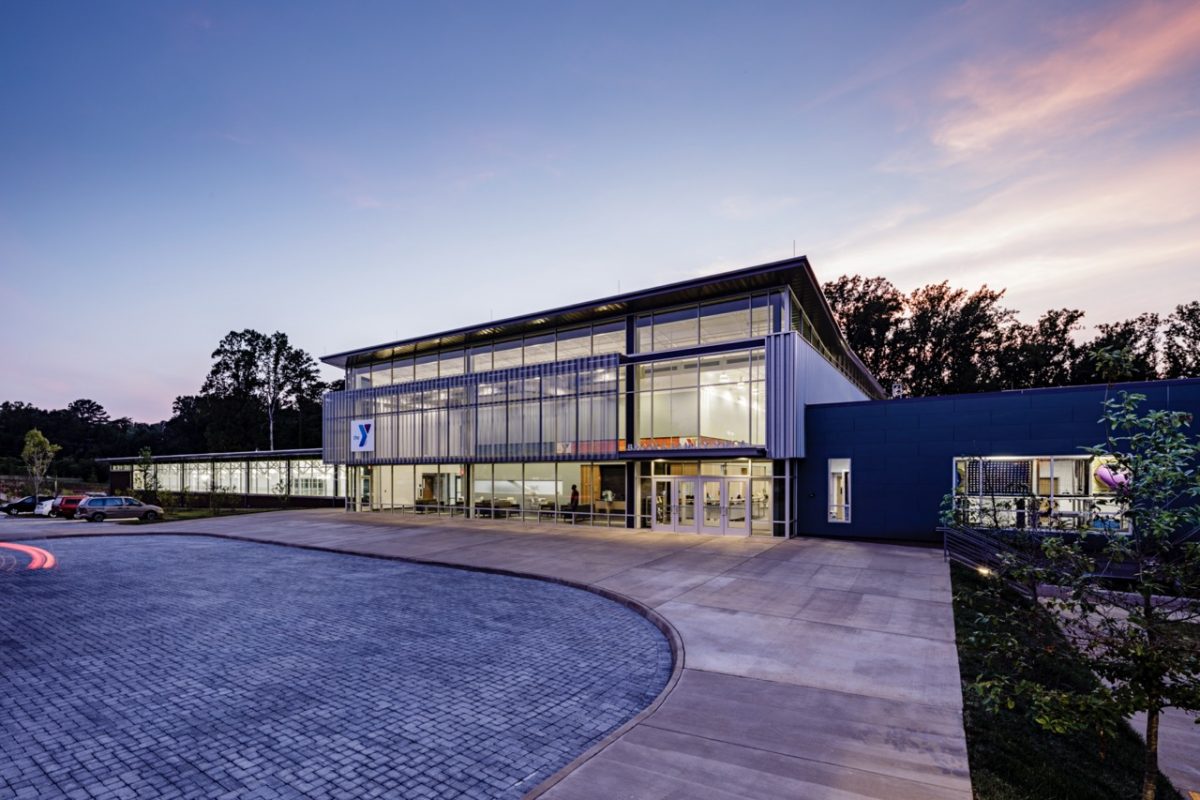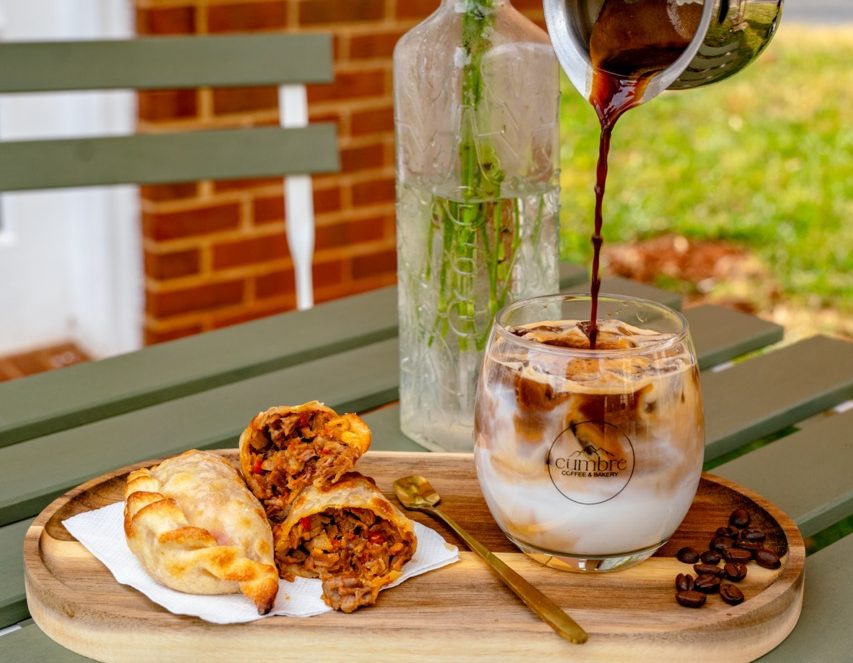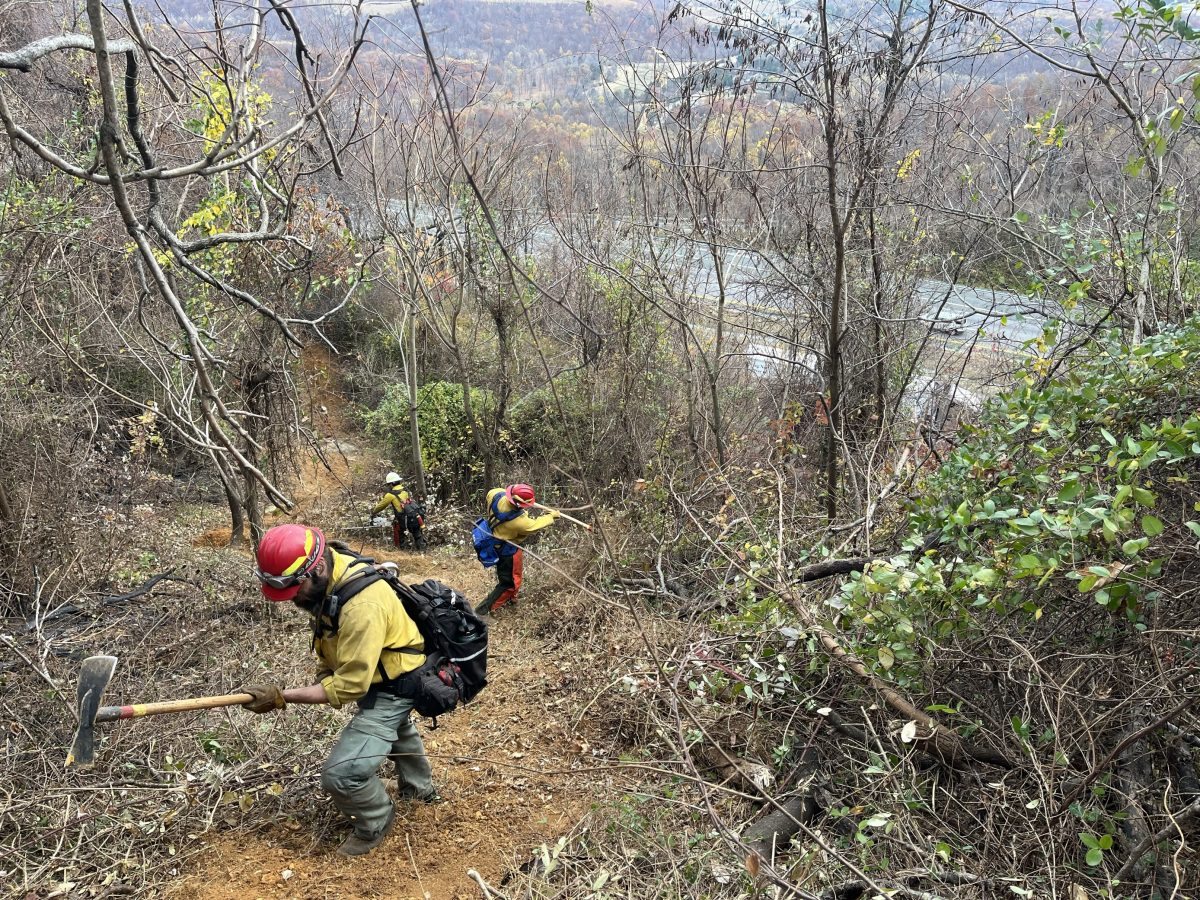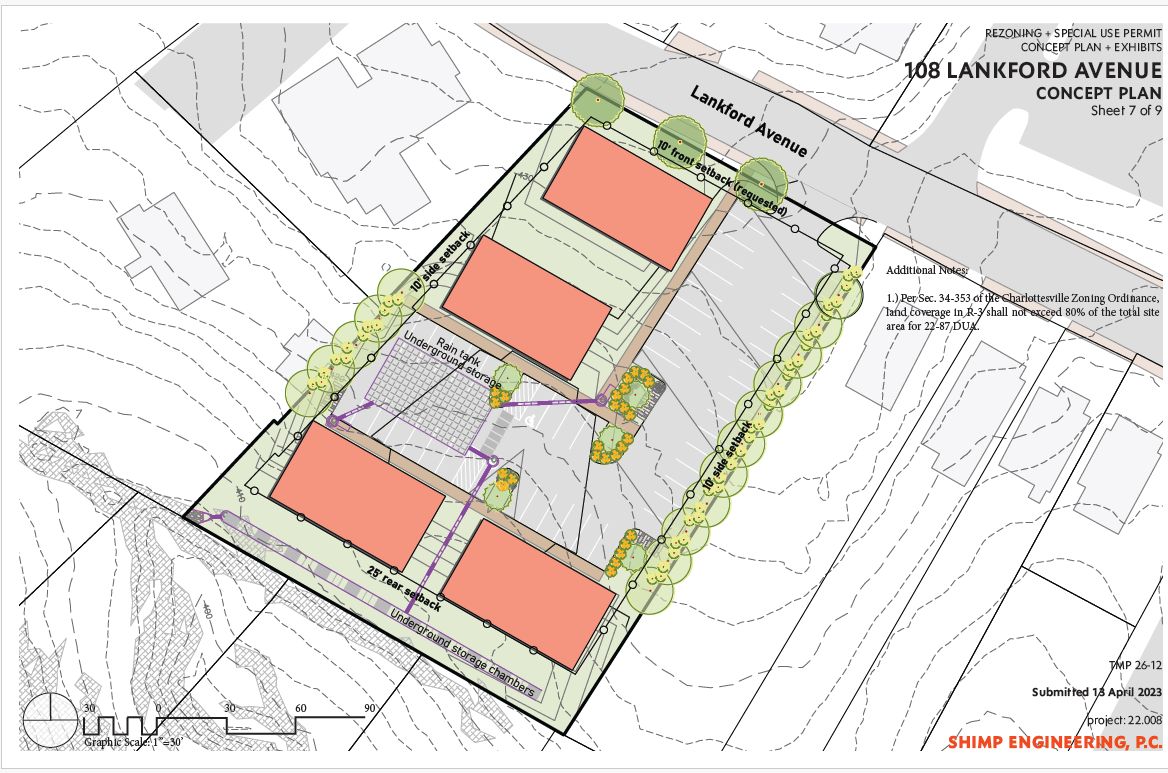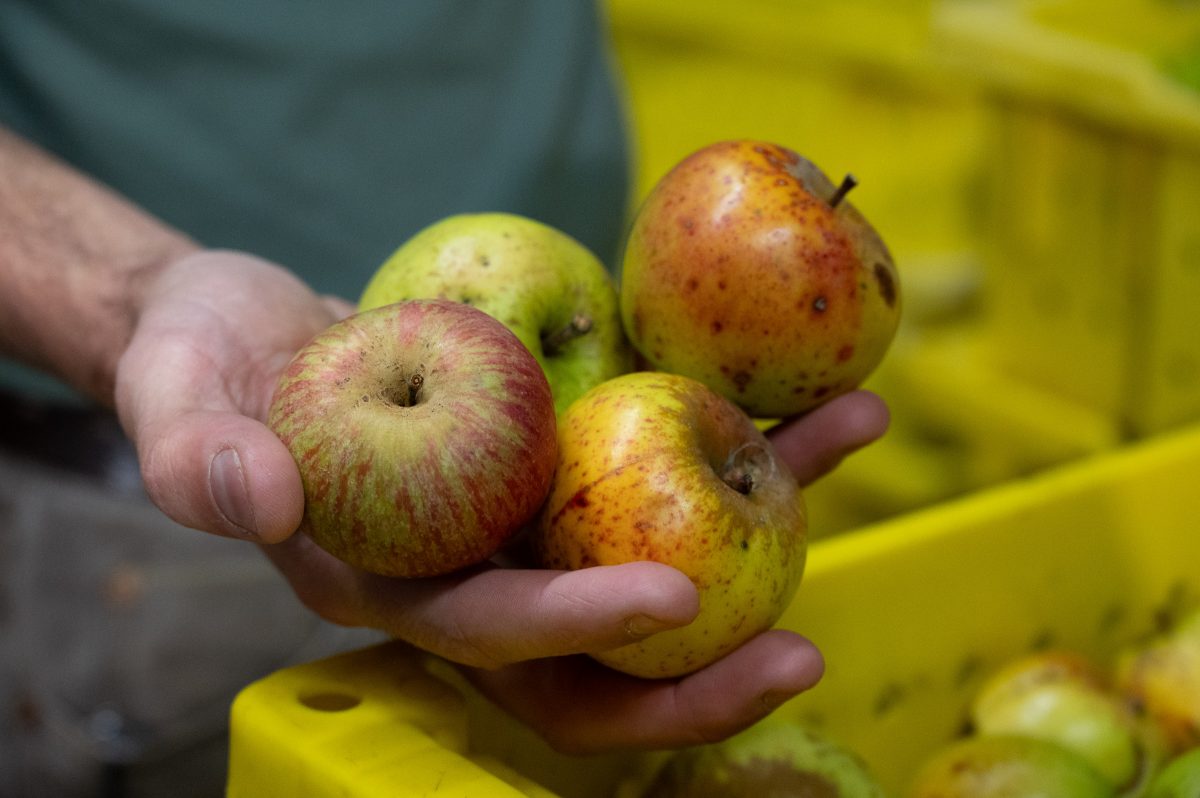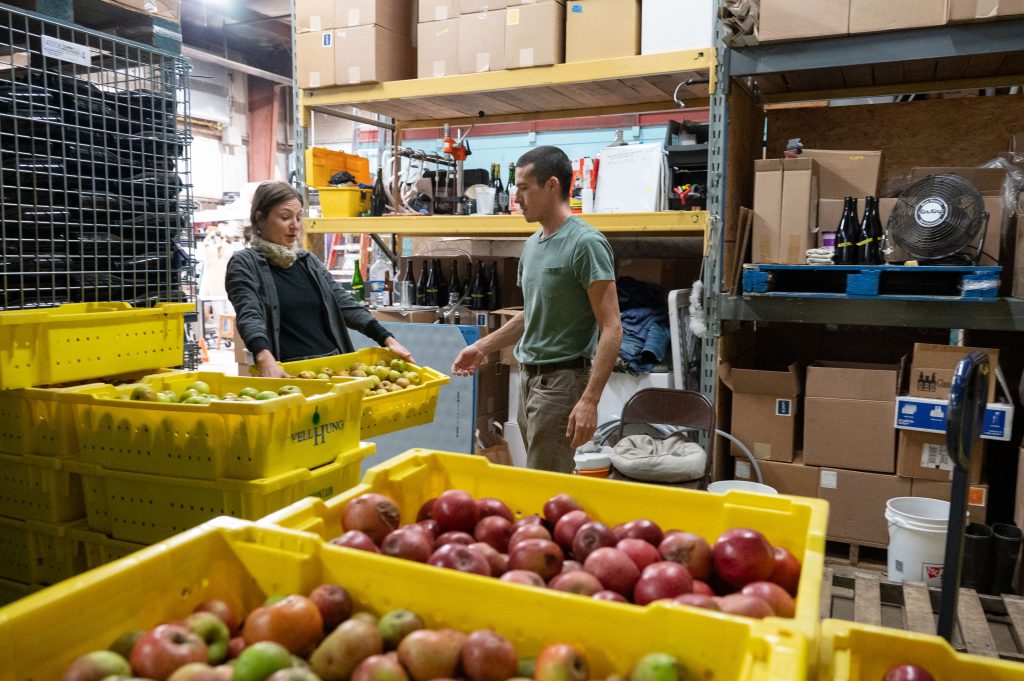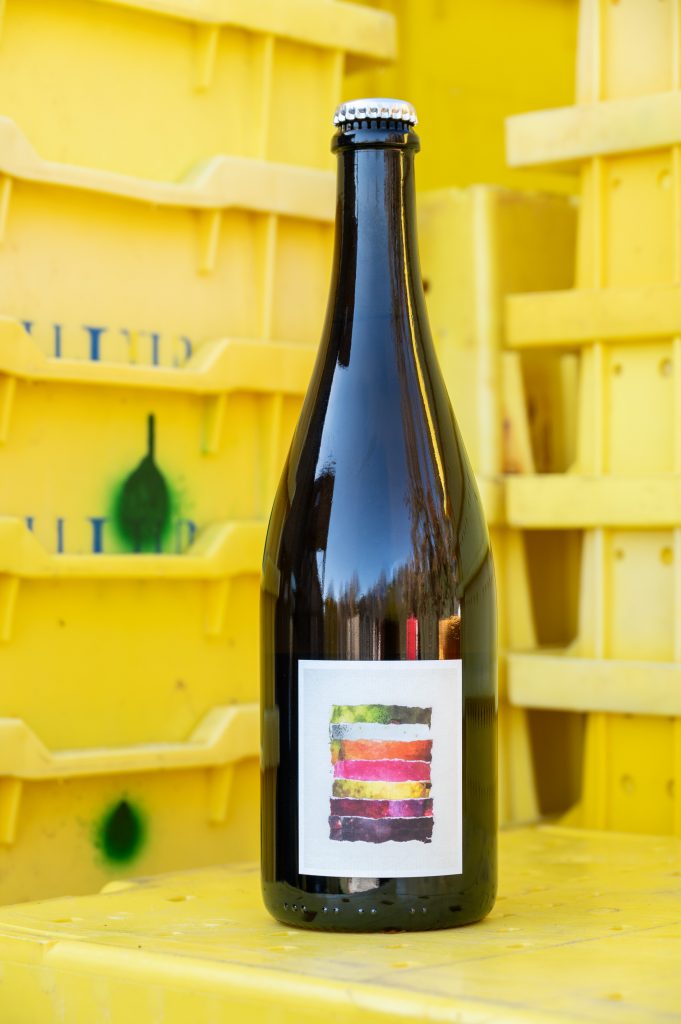Charlottesville High School was unexpectedly closed for three days, from Friday, November 17, through Tuesday, November 21, after student fights tipped an already short-staffed school over the edge. Brawls and disruptive behavior have been a persistent problem at CHS this school year, causing safety concerns for students, staff, and parents. Though Charlottesville City Schools has labeled the days without instruction a “cultural reset,” details of how the school will fix its student behavior issues remain murky.
Problems at the school most recently escalated when a large-scale fight broke out on Thursday, November 16. In a video of the fight obtained by C-VILLE, several girls can be seen swinging at each other, with dozens of observers cheering, filming, and spectating. There does not appear to be a CHS staff member visible at any point in the short recording.
While particulars about the students involved in the altercation are limited, CCS officials confirmed that an 18-year-old not affiliated with the school was let into the building during the incident. The unknown individual was reportedly involved in the fight, and came to the school for the altercation.
Charges have been pressed against the 18-year-old, according to CCS Superintendent Royal Gurley. Based on information from the Charlottesville-UVA-Albemarle Citizens Connect portal, there are two cases pending that align with the date, time, and location of the incident: non-domestic disturbance and simple assault.
Gurley said the November 17 school closure was a result of both expected staff absences and call-outs following the fight. “There were some teachers who were going to be at conferences, but most certainly there were some teachers who decided yesterday that they wanted to take care of themselves today,” he said during a press conference. “They want to see support for their students, so that the climate is better, but they also want to see supports for themselves and their colleagues.”
While Gurley indicated that recent incidents have largely involved the same small group of individuals, the impact of the CHS fights extends well beyond those directly involved in the altercations.
CHS does not have student resource officers, so care and safety assistants and teachers are often responsible for breaking up altercations between students. There have been unconfirmed reports of a staff member injured in a fight that occurred in October, with multiple students reporting seeing a care and safety assistant wearing a sling in the following days. CCS officials would not confirm or deny the alleged injury.
“What we know is that it seems that students are bringing some issues that are non-school related into the building, and they are engaging in this inappropriate behavior,” said Gurley. “That type of behavior is not welcomed and tolerated in this building. And we need to know what supports do you need in order to be successful? And if it’s not here, then let’s help you to find where those supports are located.”
As part of its effort to improve the environment at CHS, CCS plans to reaffirm consequences for inappropriate student behavior and direct students with persistent disciplinary issues to alternative learning environments, including Lugo-McGinness Academy and the soon-to-be-launched Knight School.
Gurley and CCS Supervisor of Community Relations Beth Cheuk acknowledged a call by the Charlottesville Education Association for classes to be canceled through Thanksgiving break at the Friday, November 17, press conference, but reiterated that school would continue as scheduled with several changes made to improve security and safety at CHS. Less than 24 hours later, the district reversed course and announced November 20 and 21 would be teacher workdays.
“We agreed to cancel classes at Charlottesville High School on Monday and Tuesday, November 20-21 to allow administrators and staff to continue planning for a ‘reset’ of school policies, procedures, and culture so that we can return to our core purpose—offering a safe learning environment in which our students will grow and thrive,” wrote school board chair James Bryant in a press release announcing the closure.
Speaking to C-VILLE about his experiences at the school, CHS counselor and wrestling coach David Wilkerson says he hopes the workdays will allow staff to find proactive solutions to the problems plaguing the school. “We’re all so busy throughout the day managing kids, that when something happens, that erupts, and we have to take care of it, we’re putting out fires rather than communicating,” he says. “I think it’s extraordinarily fortunate that we’re able to take two days, and just talk with no kids to manage in the building so that we can establish norms and structure and expectations and a way to communicate as we move forward.”
The situation at CHS is still rapidly developing, with next steps changing day-to-day. After the sudden November 8 announcement that Principal Rashaad Pitt would not return after the Thanksgiving break, retired Charlottesville principal Kenny Leatherwood was named interim leader at CHS.

